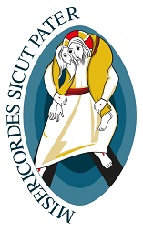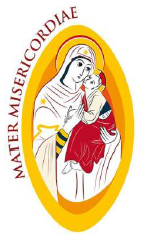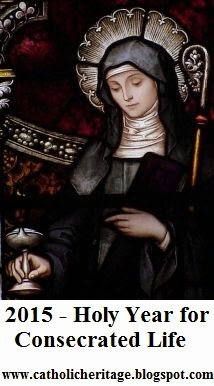St. Abban is said to have preceded St. Evin in this locality, and to have established a church, if not also a monastic house in it. St. Evin-sometimes styled Emin-an, i.e., "Little Evin," and sometimes Beccan, which means "Little"-of the royal blood of Munster, brother to St. Cormac and two other saints, (1) - if he did not himself found the monastery, at least he colonized it by bringing thither a large number of monks from his native province. Hence the place, the previous name of which was Ros-glas ("the green wood"), came to be called Ros-glas-na-Moimneach, or "Ros-glas of the Munstermen."
Colgan thus writes of this saint:-"St Emin, who is also corruptly called Evinus, betook himself to Leinster, and at the bank of the river Barrow, . . . he raised a noble monastery, called in that age, Rosglas, and which, from the number of monks who followed the man of God from his own country of Munster, who were most holily governed by him there, began to be called Rosglas na-miamhneach, i.e., of the Momonians, and in process of time grew up into a large and formerly flourishing town. There the holy man was famous for many and great miracles, and that monastery, on account of the reverence paid to its first founder, stood in so great a veneration with posterity, that it was held a most safe sanctuary, and nobody presumed to offer violence or injury to the holy place who did not soon suffer the severity of the Divine vengeance. For the holy man is said to have obtained from God that none of the Lagenians, who should, with violent audacity, taste meat or drink in his sanctuary, or offer any other violence, would live beyond the ninth day afterwards. It was also said that after his death there was a bell belonging to this saint, which was called Bearnan Emhin, and was held in so great veneration that posterity, especially those sprung from the seed of Eugenius, his father, were accustomed to swear on it as a kind of inviolable oath, and conclude controversies by the virtue of the oath. It was in defence of this town that the famous battle of Bealach-Mughna (Ballymoon), in the plain of the country of Hy-drona, commonly called Maghailbhe, was fought, in which the Momonian invaders suffered great disaster, their King, Cormac-mac-Culenan, being slain."
In the Life of St. Clonfert Molua we read of that Saint visiting the Abbot St. Evin in his monastery, not far from the Barrow, which the most holy old man, Abban, had founded:-"S. Molua visitavit S. Evinum abbatem non longe a flumine Berbha in monasterio quod sanctissimus senex Abbanus fundavit, habitantem." The following passage from the Book of Ballymote, 270, a, (kindly translated from the Irish, by Mr. W.M. Hennessy) refers to this monastery:-
Emin-an, son of Eoghan, son of Murchadh, son of Muiredach, son of Diarmait, son of Eoghan, son of Ailill Flann-beg. Ros-glaise, moreover, was his foundation-place. On the brink of the Barrow the church is. And it was he that left [word] with the Lagenians, that he would not preserve for a moment alive the laic who would taste meat or butter or cold milk in his church-i.e. in Ros-glaise of the Munstermen.
And it is contending for this place the battle of Ballaghmoon, in Moy-ailbhe in Idrone, was given [fought]; and in it was slain Cormac MacCuilennan. Of which Cormac said:-
"About Ros-glaisne we shall give
The battle, since we cannot help it.
By Fiach (2) shall fall a King, on account of the ‘Ros.’
'Twill be sad, be true, be manifest."
The "swearing relic" of the Race of Eoghan is the Bernan Emin; and it is a miraculous breo, ("flame".)
The year of St. Evin’s death has not been recorded; Colgan, in Trias Thaum., states that it took place during the reign of Brandubh, King of Leinster, who was killed in the battle of Slaibhre, in A.D. 601 (or 604, according to the Annals of Ulster), after a reign of 30 years. O’ Curry and other reliable authorities, however, assign reasons for believing that our saint flourished at an earlier period, that he was a contemporary of St. Patrick, though only as a youth, and that his death occurred very early in the sixth century. We may justly conclude that he died on the 22nd of December, as our calendars mark his feast on that day. The Martyrology of Tallaght at that date has the entry: "Emini Rois glaissi," i.e., Emhin, or Evin of Rosglas; and the Mart. Donegal, at same date, has "Emin, Bishop of Rosglas, in Leinster, to the west of Cill-dara, on the brink of the Bearbha. Jamhnat, daughter of Sinell, was his mother. Eimhin was the son of Eoghan, etc. He was the brother of Cormac, son of Eoghan, as stated in the Life of the same Cormac." St. Evin was the author of the Life of St. Patrick called the Tripartite, published by Colgan, from which Joceline, who wrote a Life of our Apostle early in the twelfth century, acknowledges that he derived much help. This work is written partly in Latin and partly in Irish. Of this Life, Dr. Lanigan says that it contains a much greater variety of details concerning the Saint’s proceedings during his mission in Ireland than any other of his Lives. St. Evin also wrote the Life of St. Congall, the famous Abbot and Founder of the Monastery of Bangor, out of which Colgan cites some particular passages. (Harris’s Ware.)
Toimdenach, brother of St. Abban, was Abbot of Rosglas (Leabhar Breac), and Dubhan, another brother is said to have been a member of the same community; the feast of the former was celebrated on the 12th of June, and that of the latter on the11th of November.
Itharnaise is another saint whom we find connected with St. Evin and his monastery, and whose memory was celebrated on the same day, the 22nd of December. The Feilire of Aengus, at that day, has the invocation:- "May (Ultan) the Silent’s prayer protect us! Itharnaisc who spoke not, who was with pure Emine from the brink of the dumb Barrow." These two saints, Ultan and Itharnaisc, were chiefly identified with Clane, County of Kildare; they were brothers of St. Maighend, Abbot of Kilmainham, and sons of Aed, son of Colcan, King of Oirghallia. Aed himself became a monk, and died in 606.
A St. Cronan, whose feast is calendared at the 10th of Feb., is also identified with this monastery. The Feilire of Aengus thus refers to him:-"Fair star, offspring of victory, glowing mass-gold, bright pillar, Cronan holy, without reproach, white sun of Glais-Mar!" To which the scholiast in the Leabhar Breac adds:- "Cronan the chaste, without reproach, i.e., in Ros Glaise," etc.
A manuscript volume in the Irish language, preserved in the Royal Irish Academy, - MSS. 23, P.3,-contains a most interesting prose tract entitled the Cain Emine (Emine’s Tribute or Rule), and also a poem, which may be called The Lay of the Bell of St. Emine. O’ Curry, in his descriptive catalogue, states his opinion that the prose tract is certainly as old as the year 800; but that the poem was not written till long after.
From the entry on the Parish of Monasterevin in Most Rev. Dr. Comerford's History of the Diocese of Kildare and Leighlin (1883).
St. Evin of Monasterevin, pray for us that we may be granted all the graces of Christmas and Christmastide!
New Front in the Liturgy Wars: Rome Requires Dominicans of the Holy Spirit
to Hybridize Novus Ordo and TLM
-
Almost exactly one year ago, Rorate reported on the plight of the
Dominicans of the Holy Spirit, who from their founding adhered with
principled consistenc...
9 hours ago


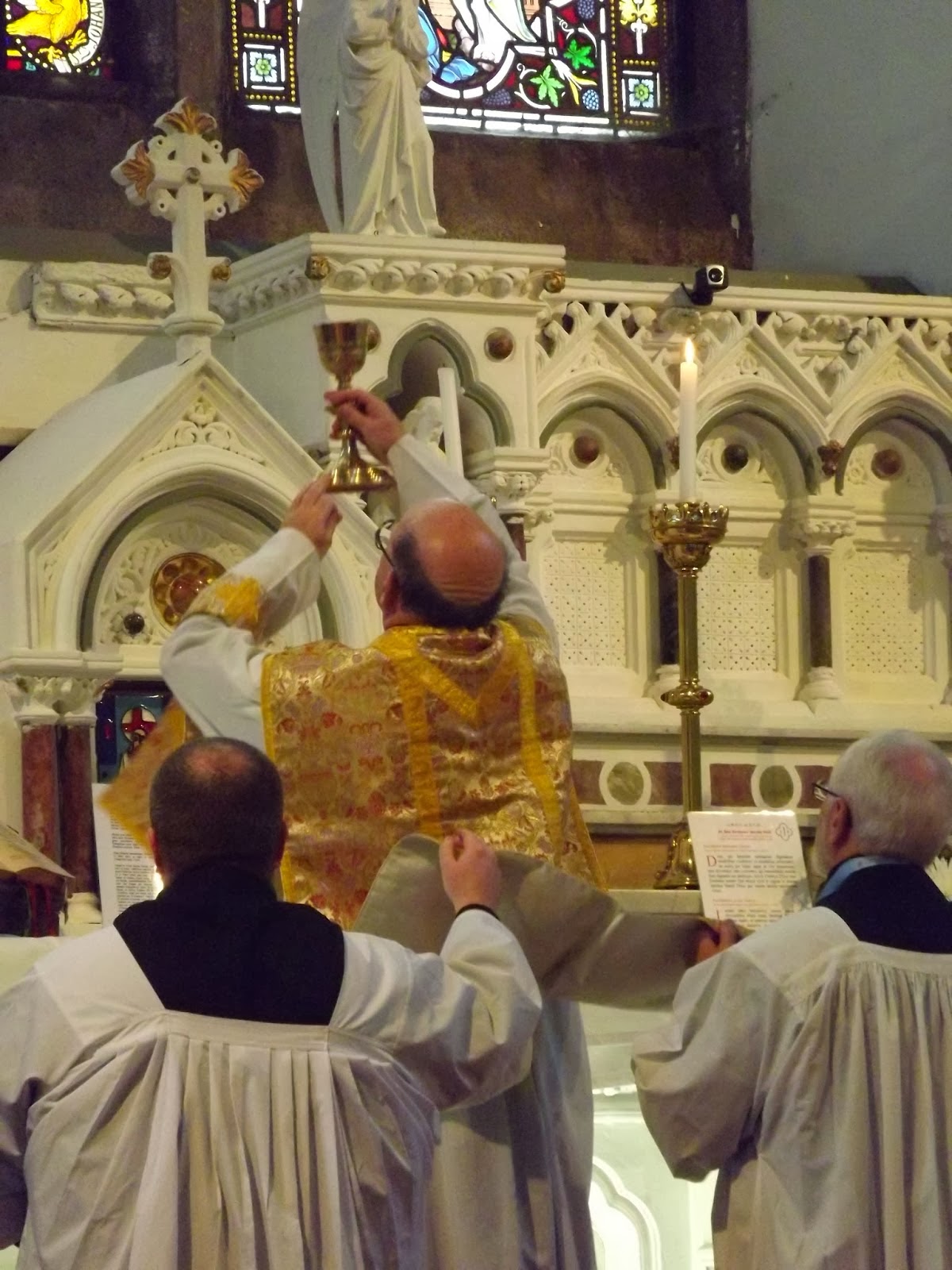

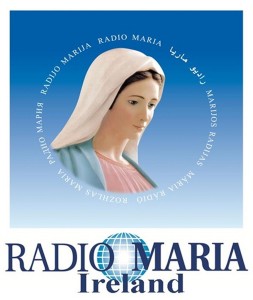


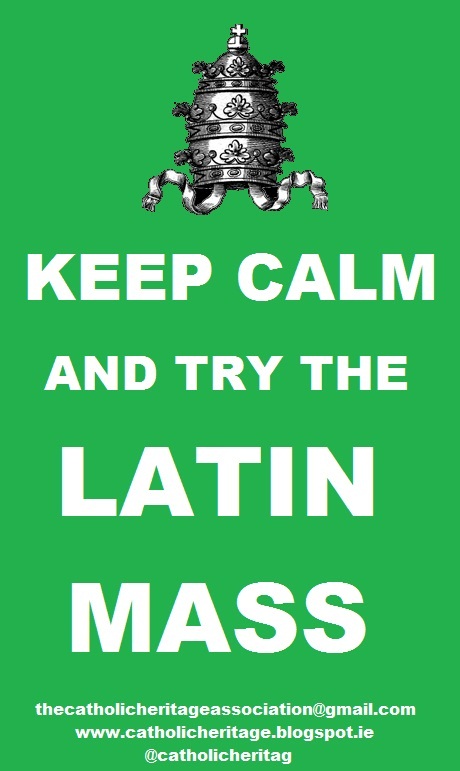

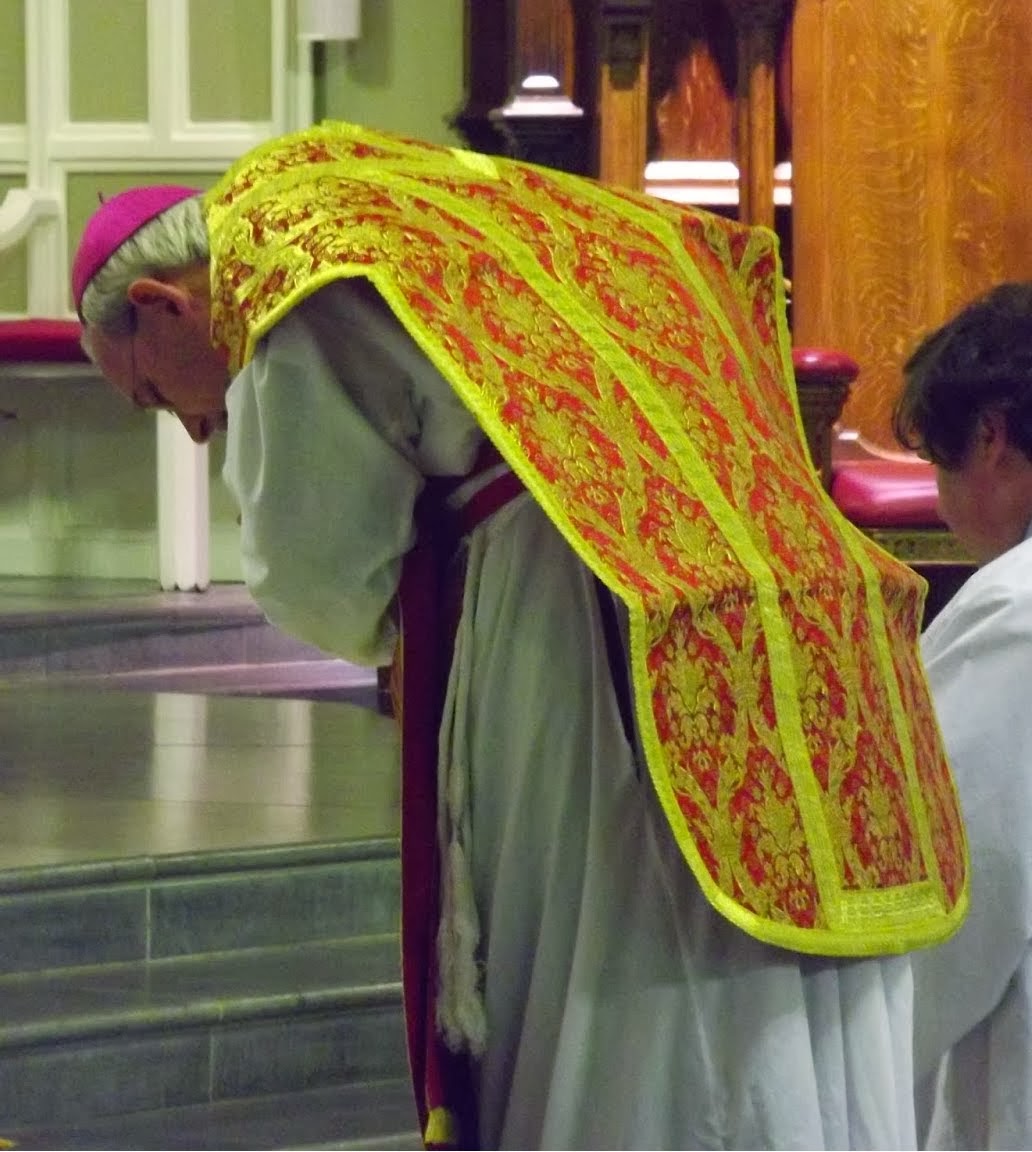















.jpg)















